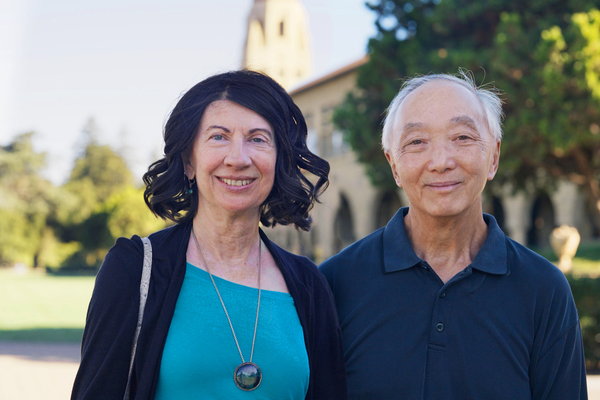Learn about Planned Giving
With a planned gift, you can take care of yourself and take care of Stanford. The staff in the Office of Planned Giving is happy to help you explore how a planned gift might help you achieve your financial and philanthropic goals.
/f/78141/2400x1600/38bcee97d0/img_5297b.jpg)
Questions? Get in touch.
Get in touch with the planned giving team.
(800) 227-8977, ext. 54358 (toll-free; U.S. only)
(650) 725-4358
What is planned giving?
Planned giving involves providing for a future gift to charities through your financial and estate plans. The university welcomes gifts made through different planned giving arrangements.
These arrangements can:
Provide for you or your loved ones
Entitle you to charitable income and/or gift or estate tax deductions
Enable you to leave a legacy for Stanford
Types of planned gifts
Choosing the right planned gift depends on your personal circumstances and financial goals.
Bequests and estate plan gifts
You may make a bequest or gift through your estate by including a provision in your will or living trust, or by naming Stanford as a beneficiary of a retirement plan or life insurance policy. The amount left to the university (or any charity) can be expressed as a dollar amount or as a percentage of the assets to be given.
Life income gifts
A life income gift allows you to give assets to Stanford while providing yourself or others with income for a period of time before Stanford is permitted to use your gift. You may make a life income gift by transferring securities, cash, or other property to Stanford or a trustee. The university or trustee then manages the investment of the assets and pays an income to you, your designated beneficiaries, or both. Income payments continue for the beneficiaries’ lives or, in some cases, for a term of up to 20 years.
/f/78141/3872x2592/3836158f45/dsc_0871.jpg)
Join the Founding Grant Society
If you let Stanford know about your intended bequest or other planned gift, we will be able to thank you and recognize you as a member of the Founding Grant Society.
Why I give
Our gift to Stanford provides greater potential and greater possibility than anything we could do on our own.
Vic Althouse, PhD ’61, with his wife, Sue
/f/78141/610x342/8d1c765b41/althouse-charitable-remainder-unitrust.jpg)

/f/78141/1200x800/1bef0d1d4e/benefits-of-bequests-sm.jpg)
